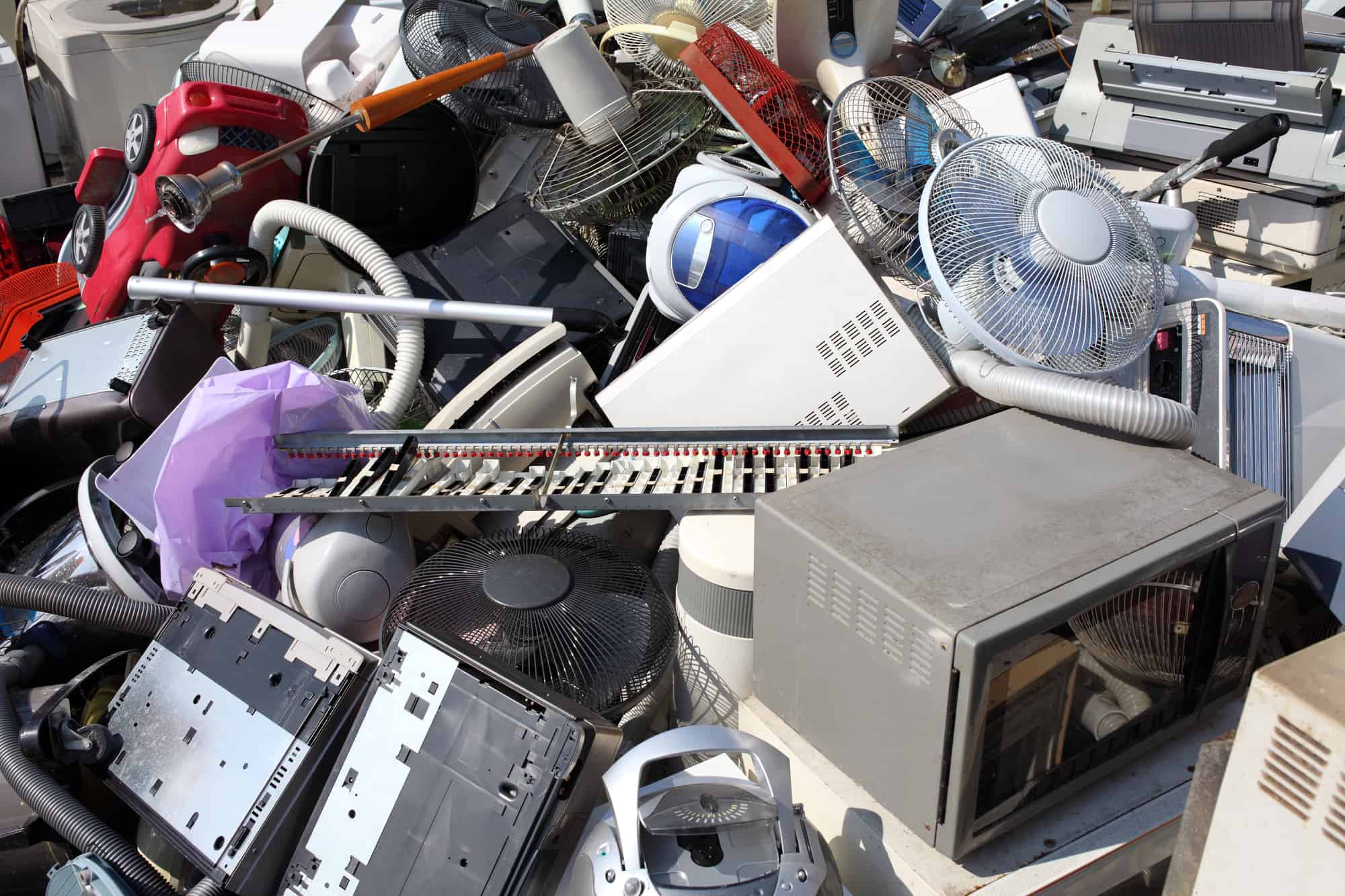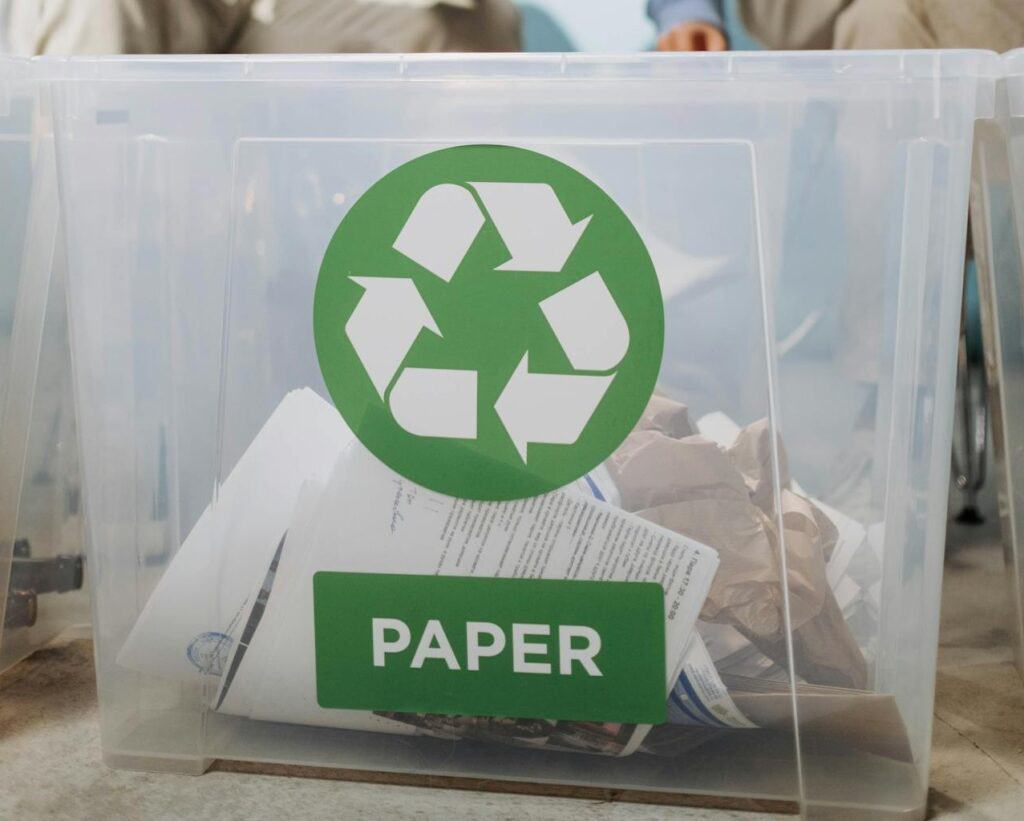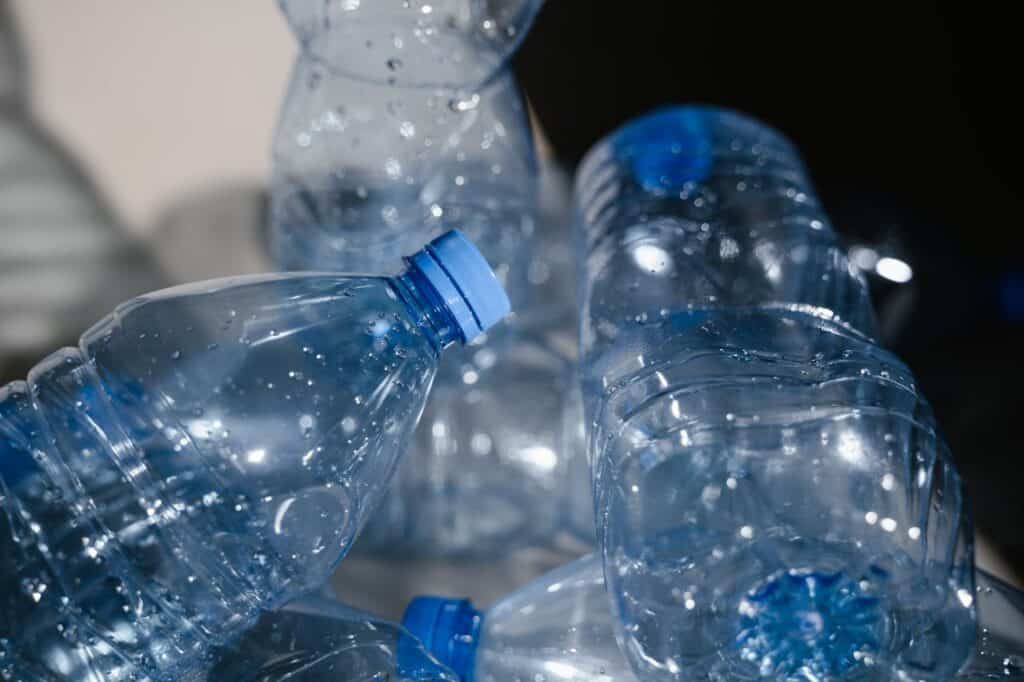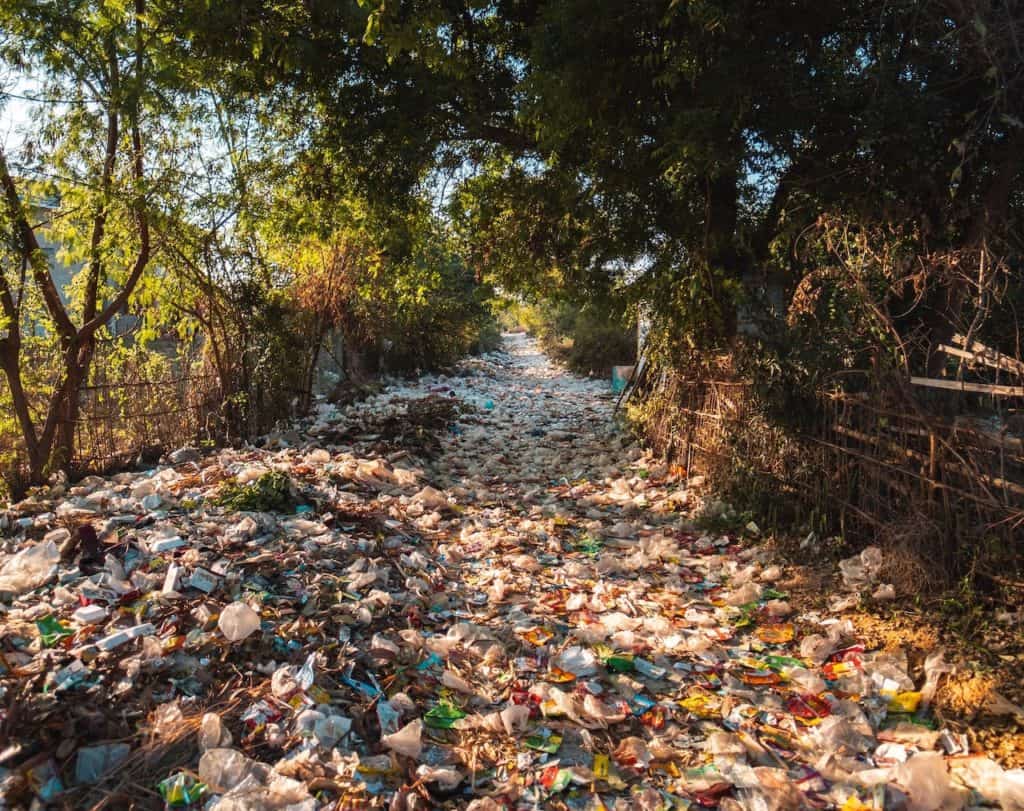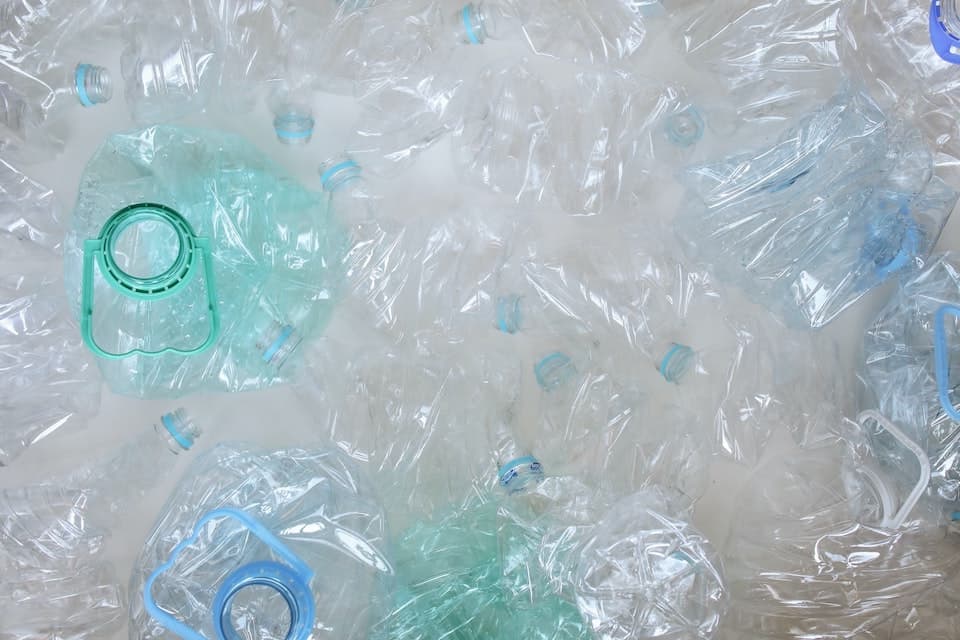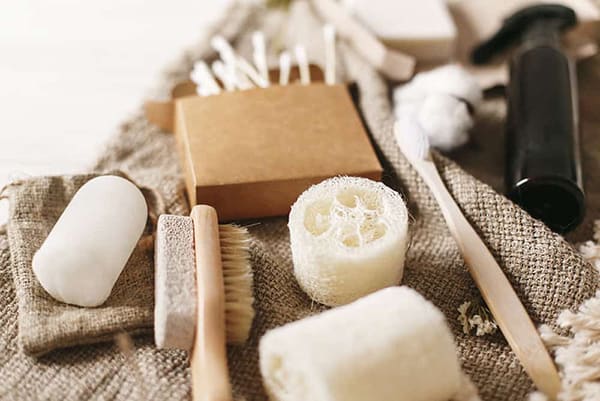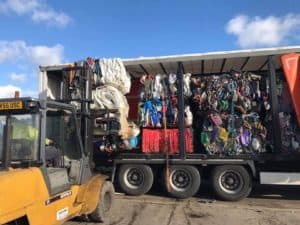Domestic appliances make our lives considerably easier. Without them, we’d have to deal with the inconvenience of washing things by hand. We wouldn’t be able to enjoy the types of foods we do, and everything would be a lot more time-consuming.
One of the major problems with domestic appliances is what to do with them at the end of their useful life. Those that are particularly environmentally conscious will try and use these appliances for as long as possible, making do and mending wherever they can in order to ensure the maximum usage, however, at some point, all appliances will get replaced and need to be disposed of.
So, at the end of the life of a domestic appliance, how does it get recycled?
WEEE
Each year, around a million tons of electrical and electronic waste is produced.
One of the first steps towards a domestic appliance getting recycled in the UK is through the WEEE scheme.
The Waste Electrical and Electronic Equipment (WEEE) Regulations 2013 became law in the UK back at the start of 2014 and replaced the already existing WEEE Regulations that came out in 2006.
These regulations require businesses that sell electrical appliances, to take back and arrange to recycle any old appliances.
How are domestic appliances recycled?
Once appliances and electrical items have been collected up, either through retailers as part of the WEEE scheme, or by local authorities, they will be taken to a processing plant to be recycled.
The method of recycling will largely depend on the type of item being recycled and the materials that it is made from.
For fridges and freezers, coolants will need to extracted before proceeding, and the appliances will be handled separately to monitor gas and temperature levels.
Appliances will be shredded. From there, a strong magnet will be used to sort ferrous metals such as steel from non-ferrous metals. Any non-metallic metals will be sorted using electric currents.
Any plastics will be sorted by type through the use of density separation, or near-infrared light. Once these plastics have all been sorted and separated, they can then recycled separately. Once they have been sorted and recycled, they can be reused in a wide range of other products.
Similarly, any other recyclable materials such as the metals used in the appliances can all go on to be recycled and to live new lives in new products.
What Can Be Recycled?
If you are wondering whether your domestic appliance can be recycled, pretty much all appliances can be recycled. Modern appliances that have been produced since the introduction of the WEEE regulations will have the WEEE logo on them.
What Should I Do With My Old Appliance?
If your old appliance still has some life in it, you might want to consider donating it. Many charities will take appliances in a reasonable condition.
If it is the end of the line for your appliance and you are buying a replacement, arrange with the retailer to have it collected when you have your new one delivered.

